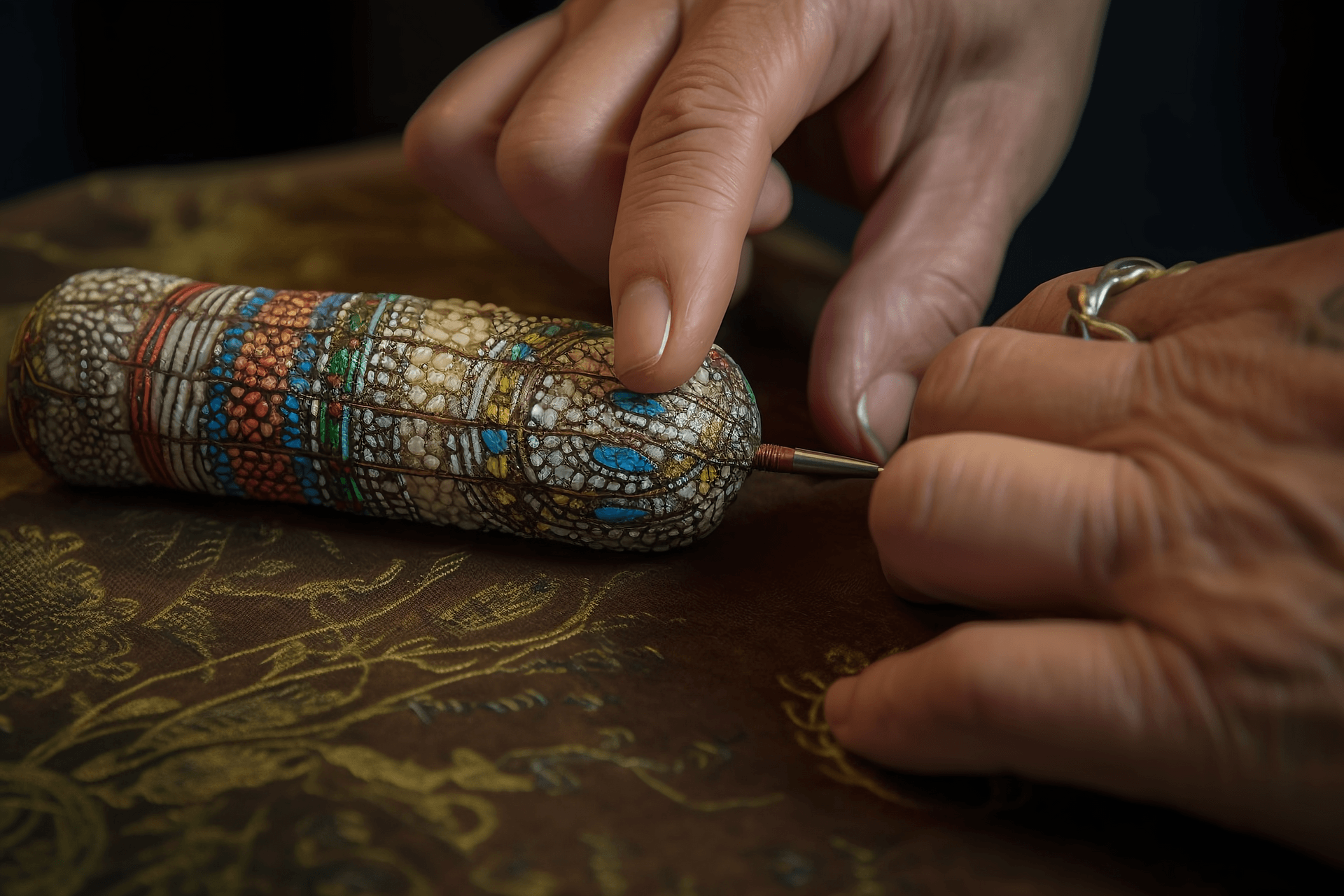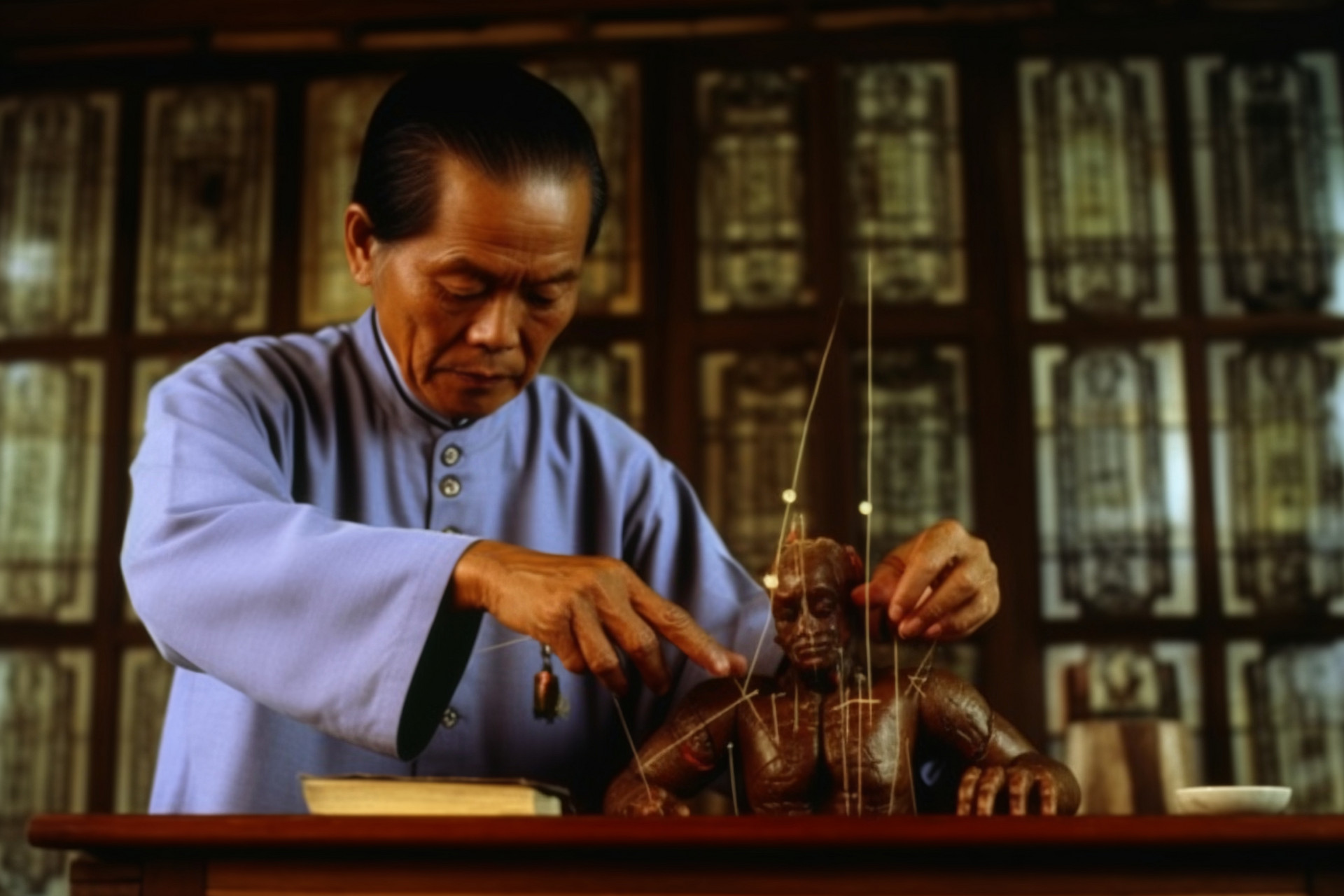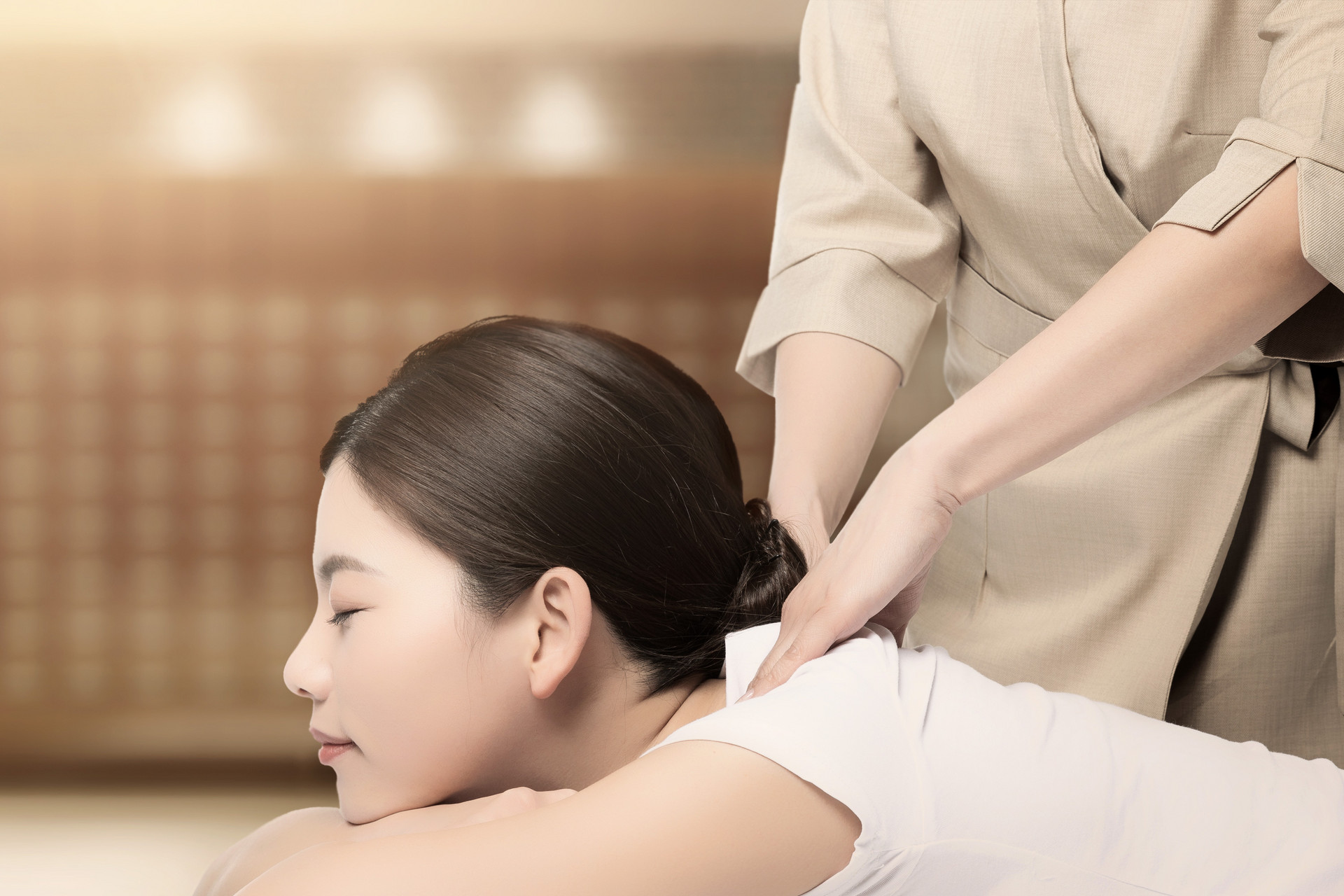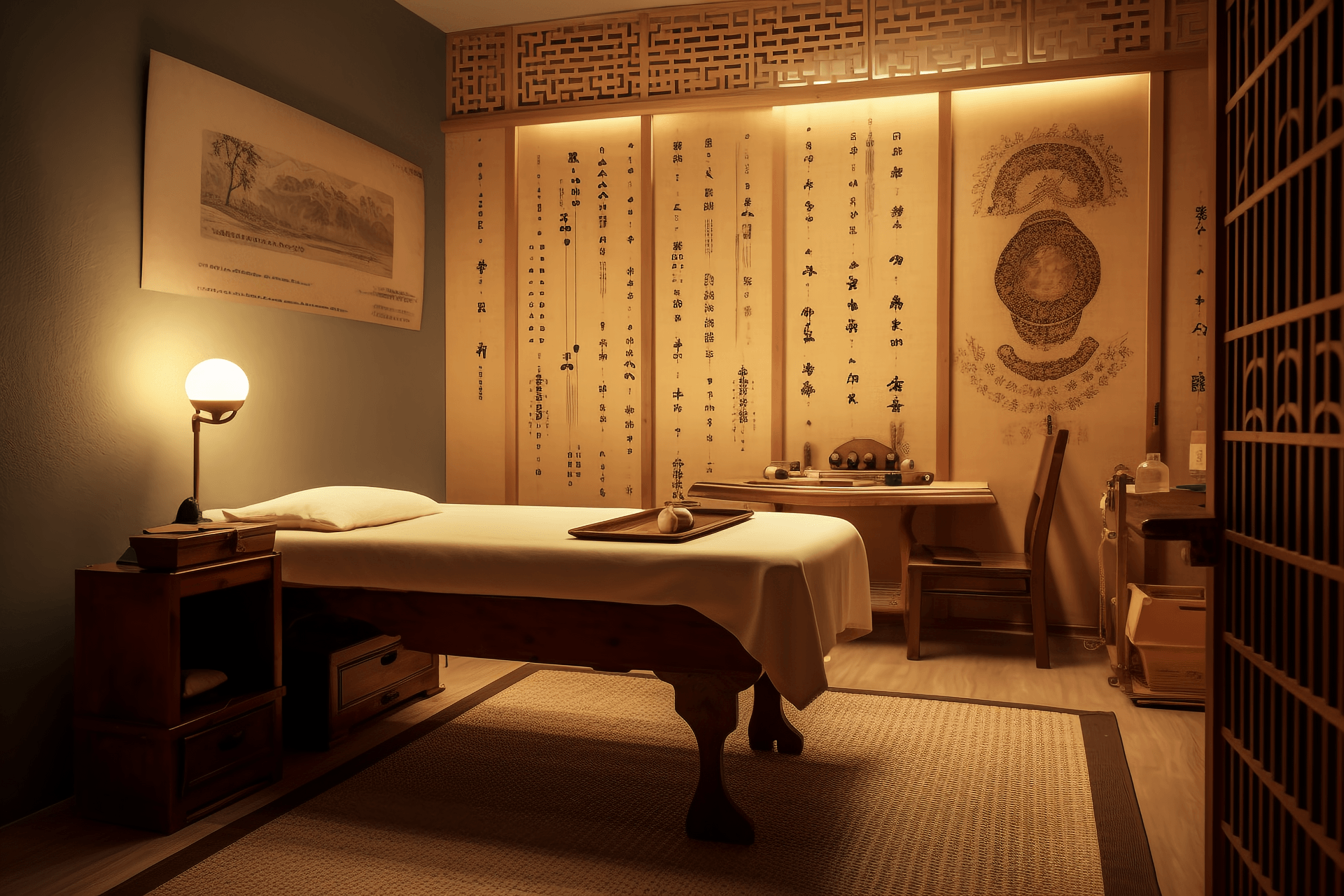Intradermal needle therapy, also known as buried needle therapy, is a therapeutic method in which specially designed small needles are fixed intradermally or subcutaneously at acupuncture points for a relatively long period of time. It is a development of the ancient method of leaving needles in the body. This method can be used for conditions that require a long duration of needle retention in clinical practice.
【Procedure】
I. Needle Instruments
Intradermal needles are small needles made of stainless steel wire, available in two types: granule type and press needle type.
1. Granule Type: The needle is generally about 1cm long, with a grain-like or ring-like handle, and the needle body and handle form a straight line.
2. Press Needle Type: The needle body is about 0.2-0.3cm long, with a ring-like handle, and the needle body and handle are perpendicular to each other.
II. Procedure
1. Granule Type: The practitioner uses their left thumb and index finger to press and slightly stretch the skin at the acupuncture point, and then uses small forceps to hold the handle of the needle. The needle is inserted into the dermis in a cross-shaped manner along the subcutaneous tissue, parallel to the skin, and buried 0.5-1.0cm. A small square (1.0x1.0cm2) adhesive tape is then placed between the exposed part of the needle body and the skin surface below the needle handle, and a larger adhesive tape is used to secure the needle.
2. Press Needle Type: This type of intradermal needle is mostly used for shallow and vertical insertion in facial and ear acupuncture points. The practitioner uses forceps or needle-holding pliers to hold the handle of the needle and gently insert it into the acupuncture point. Then, a small square adhesive tape is used to secure the needle. Alternatively, the practitioner can place the needle handle on a pre-cut small square adhesive tape, and then use their hand to attach the adhesive tape with the needle to the selected acupuncture point.
The duration of needle retention can vary depending on the condition, generally ranging from 1 to 2 days. In more severe cases, the needles can be retained for 6 to 7 days. However, during hot weather, the needles should not be retained for more than 2 days to prevent infection.
【Indications】
I. Enuresis, spermatorrhea, premature ejaculation, impotence
Granule type intradermal needles are used. The points commonly used are Sanyinjiao (SP6) and Quepen (ST12).
II. Menstrual disorders, postpartum abdominal pain, amenorrhea, functional uterine bleeding, uterine prolapse, pelvic inflammatory disease, cervical inflammation
Granule type intradermal needles are used. For menstrual disorders, Sanyinjiao (SP6) is used, and additional points such as Geshu (BL17), Ganshu (BL18), or Zusanli (ST36) can be added depending on the phase of the menstrual cycle. For postpartum abdominal pain, Sanyinjiao (SP6), Yaoyangguan (GV3), Shenshu (BL23), and Ashi points are used. For amenorrhea, Xuehai (SP10) and Zusanli (ST36) are used. For functional uterine bleeding, Guanyuan (CV4), Zusanli (ST36), Sanyinjiao (SP6), and Yinlingquan (SP9) are used. For uterine prolapse, Guanyuan (CV4) and Zusanli (ST36) are used. For pelvic inflammatory disease and cervical inflammation, Qihai (CV6), Guanyuan (CV4), Ganshu (BL18), and Sanyinjiao (SP6) are used.
III. Pediatric diarrhea, pediatric enuresis, pediatric night crying
1. Press Needle Type: Acupuncture points such as Dachang (Large Intestine), Xiaochang (Small Intestine), and Jiaogan (Sympathetic) in the ear are used for pediatric diarrhea.
2. Granule Type: For pediatric enuresis, Zhongji (CV3), Changqiang (GV1), Shenshu (BL23), and Sanyinjiao (SP6) are used. For pediatric night crying, Changqiang (GV1) and Sanyinjiao (SP6) are used.
IV. Migraine, adhesive capsulitis of the shoulder, sciatica
Granule type intradermal needles are used. Ashi points are primarily selected.
V. Asthma, stomach pain, gallbladder colic
Granule type intradermal needles are used. For asthma, Fengmen (BL12), Dingchuan (EX-B1), Fenglong (ST40), Shanzhong (CV17), and Tiantu (CV22) are used. For stomach pain, Jiwei (CV15) and Weishu (BL21) are used. For gallbladder colic, Danzhong (CV17), Yinlingquan (SP9), and Yanglingquan (GB34) are used.
【Precautions】
1. Only select 1-2 acupuncture points each time, generally on one side of the body or bilaterally symmetric points.
2. Choose acupuncture points that are easy to fix and do not hinder limb movement for needle insertion.
3. If the patient feels pain or experiences difficulties in limb movement after needle insertion, the needle should be removed and reinserted or different acupuncture points should be chosen.
4. Before needle insertion, the needle should be carefully inspected to avoid accidents such as needle breakage.
5. Pay attention to disinfection.











